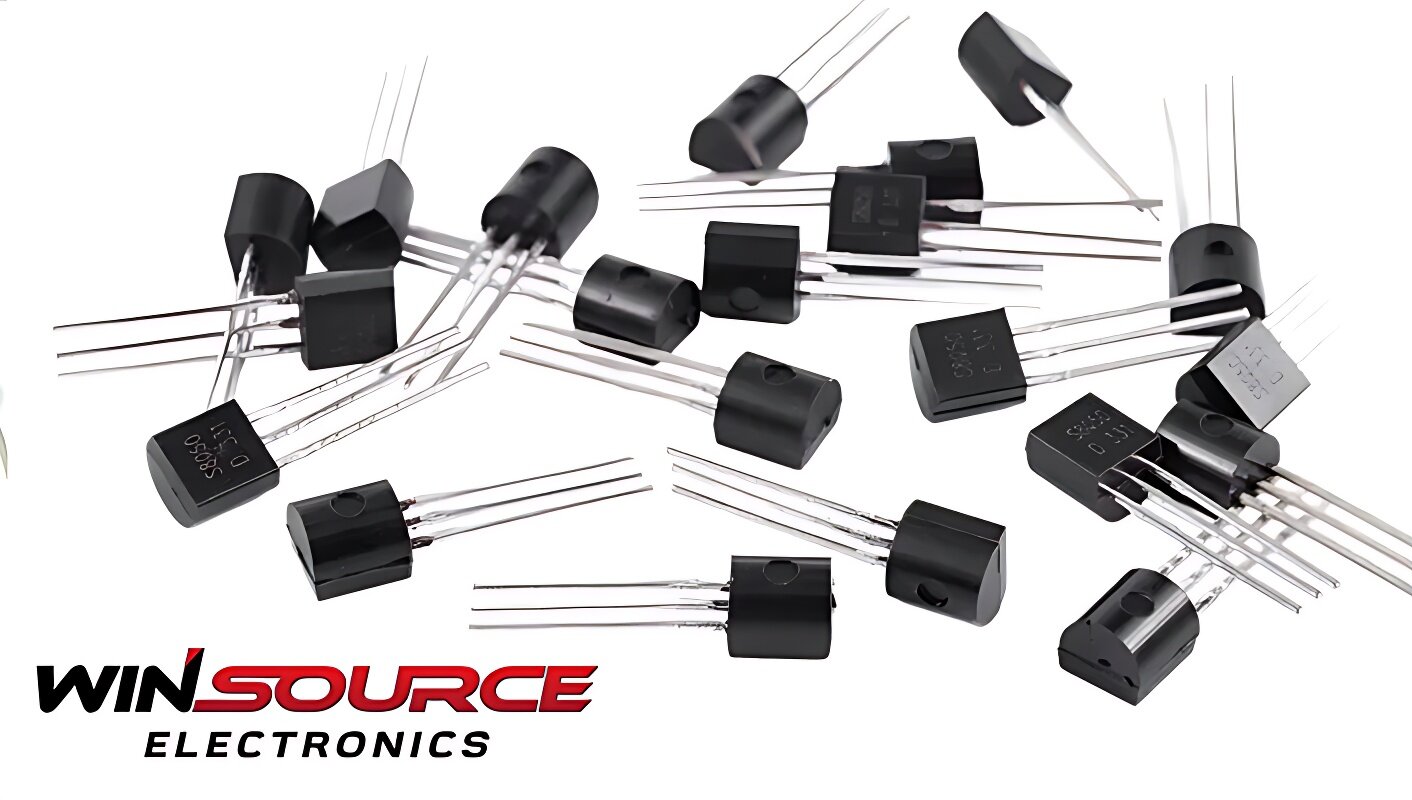
Table of Contents
ToggleIntroduction
Transistors are basic electronic components, the building blocks of modern electronics. They amplify, switch, and control electronic signals in a wide range of applications. One such transistor is the S8050, a commonly used NPN bipolar junction transistor (BJT) known for its versatility and reliability. In this article, we will explore the characteristics of the S8050 transistor and analyze its application in various electronic circuits.
Learn about the S8050 transistor
The S8050 is a low-power, small-signal NPN transistor that belongs to the small-signal bipolar transistor category. Its electrical and physical properties make it suitable for a variety of low to medium power electronic applications. Here are some of the key features of the S8050 transistor:
Polarity: The S8050 is a type of transistor made up of three layers of semiconductor material: emitter, base, and collector. When a small current flows from the base to the emitter, it conducts current from the collector to the emitter.
Voltage Rating: S8050 transistors usually have voltage ratings of 20-40 volts, which include Vce and Vcb.
Current Ratings: S8050 transistors are available in various current ratings, typically ranging from 500mA to 2A, depending on the specific model.
Gain (hFE): The hFE, or gain, of an S8050 transistor can fluctuate from 100 to 600, contingent on the maker and version. This gain value determines how efficiently the transistor amplifies small input currents.
Applications of S8050 transistor
The versatility of the S8050 transistor makes it suitable for a wide range of applications in various electronic circuits:
Amplification: One of the main functions of a transistor is signal amplification. The S8050 transistor enhances weak signals in small signal amplification circuits, such as audio amplifiers.
Switch: S8050 transistor is commonly used as a switch in electronic circuits. By controlling the current, they can switch on and off larger currents. This is useful for turning on/off LEDs, relays, or small motors.
Oscillators: The S8050 transistor helps make simple oscillators with other components. These oscillators produce different waveforms. People use them for making signals and clock circuits.
Voltage Regulation: The S8050 transistor is helpful in power supply designs. It assists in maintaining a stable output voltage. You achieve this by integrating it into a voltage regulator circuit.
Signal Modulation: These transistors change the size of a carrier wave to send data in amplitude modulation (AM) systems.
Audio Applications: S8050 transistors are often used in audio amplifiers, like those found in radios and sound systems.
Circuit example
To illustrate the practical application of the S8050 transistor, let us consider two basic circuit examples:
Switching Circuit: The S8050 transistor can control the current in a basic LED circuit. A small current sent to the base turns on the transistor. This allows current to flow from the collector to the emitter. As a result, the LED lights up. This is a common application in electronic devices, where transistors act as digital switches.
Amplification circuit: In the sound amplification circuit, the S8050 transistor can be utilized to boost faint audio signals. The transistor boosts the input signal and sends it to speakers or headphones for audio playback.
In conclusion
The S8050 transistor is important in many electronic applications because of its NPN setup and versatile features. Understanding its key parameters and capabilities can help engineers and hobbyists take full advantage of its potential in circuit design. Electronics commonly use the S8050 transistor for signal amplification, switching, and voltage regulation. It is a reliable choice for many devices and systems.

COMMENTS